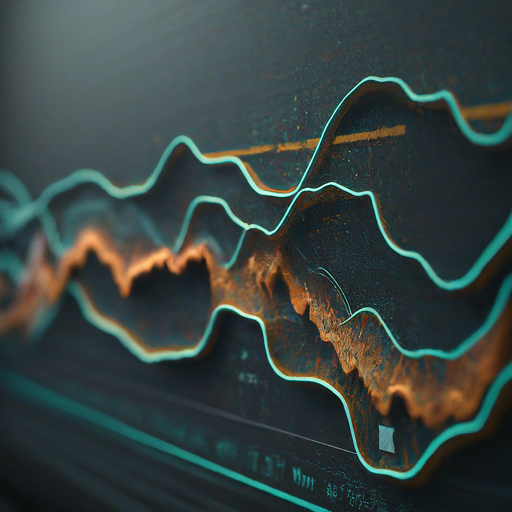In a digital age where artificial intelligence (AI) is making significant strides, the field of data visualization stands at a crossroads. This blog post delves into whether AI is revolutionizing or merely evolving traditional data visualization practices.
The Role of Traditional Data Visualization
For years, tools like Excel, Power BI, and Tableau have been pivotal in translating complex data into digestible visuals. These methods have enabled professionals across various sectors to interpret and communicate data effectively. Despite the rise of AI, these traditional tools continue to offer unparalleled simplicity and familiarity, which remain crucial in many analytical scenarios.
AI: The New Frontier in Data Analysis
AI, with its ability to simulate human cognitive functions, has begun to transform how we handle data. Its integration into data visualization is evident through innovations in tools like Power BI, which now offer AI-driven features like predictive analytics and natural language processing. This integration is not just about new features; it’s about redefining the scope and efficiency of data analysis.
ChatGPT’s Role in Reshaping Data Visualization
ChatGPT, a notable AI development, is redefining data analysis boundaries, its impact is multifaceted:
Enhanced Data Preparation: ChatGPT excels in organizing and preparing data, a traditionally time-consuming task.
Intuitive Data Exploration: It offers an interactive way to explore data, making data analysis more accessible to non-experts.
Advanced Visualization Techniques: ChatGPT brings sophisticated visualization capabilities that go beyond traditional charts and graphs, facilitating deeper insights.
Interpreting Complex Data Models: Its ability to understand and interpret complex data models is particularly groundbreaking, allowing for more nuanced data analysis.
The Future of Employment in Data Analysis
The integration of AI in data visualization poses significant implications for the workforce. While AI like ChatGPT can automate and enhance various aspects of data analysis, it also shifts the skillset requirements for data professionals. There’s a growing need for professionals who can bridge the gap between traditional data analysis skills and AI literacy.
Towards a Synergistic Future
The advent of AI in data visualization doesn’t spell the end of traditional methods but signals a shift towards a more collaborative approach. AI is enhancing, not replacing, the capabilities of traditional tools, leading to a more integrated and comprehensive approach to data analysis.
Conclusion
The intersection of AI and traditional data visualization is opening new avenues for innovation in data analysis. As we embrace these changes, the future looks promising, with AI augmenting our ability to understand and leverage data in unprecedented ways. We’d love to hear your thoughts on this evolution.
Do you see AI as a revolutionary force in data visualization, or is it simply another step in the ongoing evolution of data analysis?
Join the discussion and share your perspective on the future of AI in data visualization.
